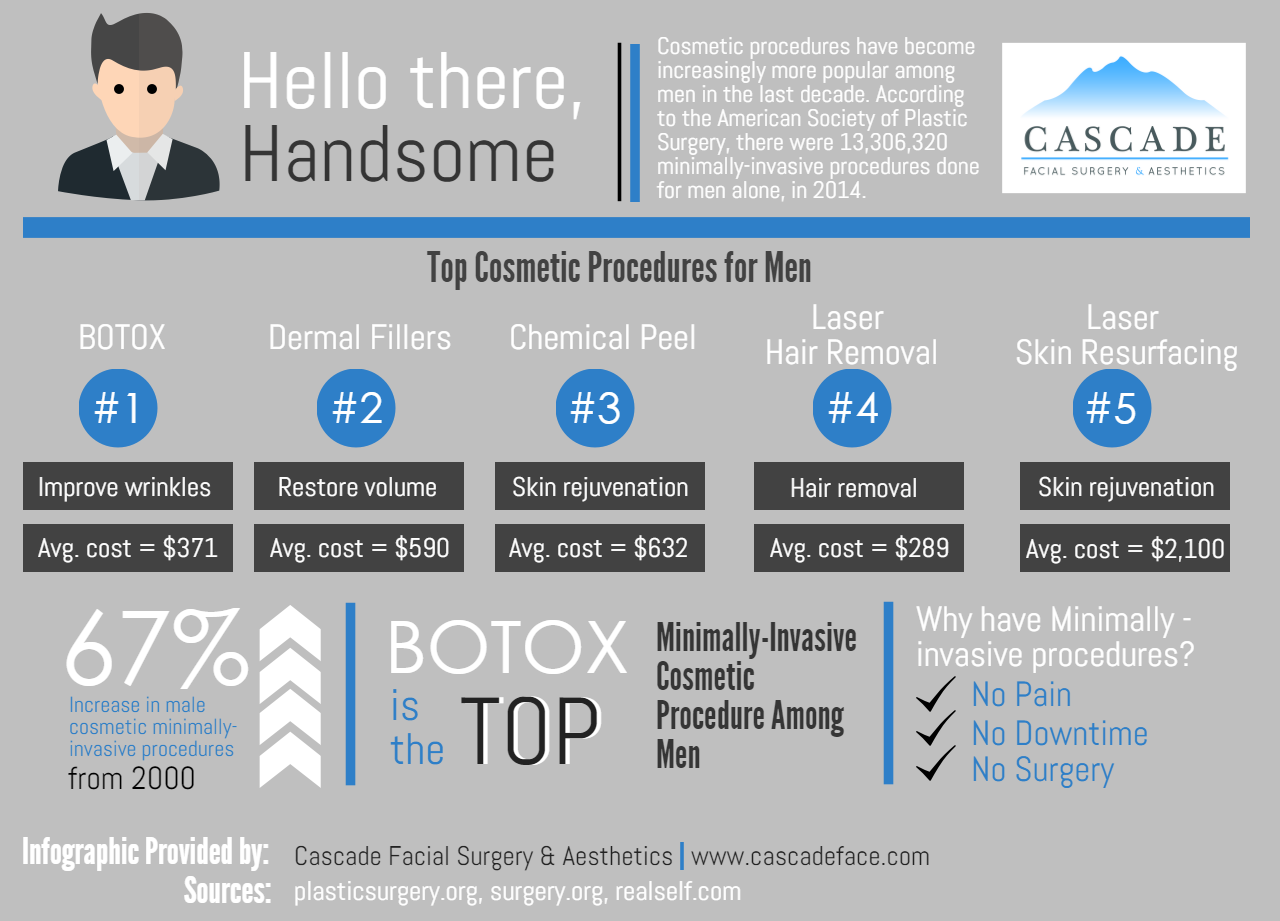Can Turmeric Help With Acne
Can Turmeric Help With Acne
Blog Article
How to Apply Acne Spot Treatments
Acne place treatments can be a reliable tool in the battle versus pimples. But like all skin items, they need to be applied properly to obtain the most effective results.
As an example, prior to using a place therapy, you should consider icing the area. This cooling method helps speed up the healing process and will make your spot treatment much more efficient.
1. Cleanse the Area
Before applying an area treatment, be sure to thoroughly cleanse the area. Applying a treatment to dirty skin will be less efficient and can trigger inflammation.
Acne spot treatments work by providing a high dose of acne-fighting components directly to a breakout, explains dermatologist Michelle Henry. These products can come in many kinds, from lotions to gels or lotions, and they're normally created to target energetic outbreaks to minimize inflammation, redness and speed up the healing process.
Some sorts of place treatments have anti-inflammatory active ingredients, while others are drying out, like retinoids or sulfur, which aid to unblock pores and do away with excess oil. There are likewise formulas that help fade post-acne marks or dark areas, thanks to lightening up components like L-ascorbic acid and niacinamide. Some even have blemish-squashing abilities, like adapalene, which works to promptly clear imperfections by obstructing the pore's opening. You can discover these at the counter or by prescription from a skin specialist.
2. Apply the Spot Therapy
A place therapy provides a high dose of acne-fighting ingredients directly to the infected location. The objective is to kill bacteria and reduce red marks, swelling or any scabbing left behind. As an example, our acne place treatment contains 2.5% Benzoyl Peroxide, so it does not completely dry skin or trigger stinging.
If you have a visible whitehead that prepares to find out, you can apply a non-drying spot therapy at bedtime to help promote the procedure without irritating the surrounding skin. Or else, grab a drying spot therapy when the acne has currently burst and is exposed.
A place therapy ought to be used independently from day-to-day treatments or serums that you place around your face, unless your physician recommends it for lasting usage. The lactic acid reason is that place therapies are developed to be used straight to blemishes or dark places (relying on what you're treating) and not over large locations of mostly clear skin, as this can aggravate the healthy and balanced skin and cause a breakout.
3. Wait a Couple Of Minutes
You'll find that the majority of area treatments have guidelines for the length of time to leave them on for maximum efficiency. Follow those referrals to avoid irritability or drying out the skin-- an usual skincare blunder that dermatologists say can flare up your acne.
Another skin care habit to prevent is applying several treatments to a solitary blemish or outbreak. That includes both place therapies and creams that become part of your everyday skin treatment routine. Skin doctors recommend waiting a couple of minutes prior to utilizing other items on top of your acne place therapy to give it time to function without obtaining diluted or disrupted.
One exemption to this guideline is sun block, which dermatologists agree need to be applied initially since it requires a long time to work with its own to permeate your pores, states Goldenberg. Simply make sure to rub out any other skincare items before reapplying your sun block. That will guarantee it covers the blemish appropriately and helps discolor any kind of red or dark marks that may have been left by your acne marks.
4. Moisturize
Many skin doctors agree that using acne treatment, products and lotions in the right order will aid reduce outbreaks. This indicates cleanser first, complied with by any kind of treatments with a thinner uniformity and afterwards a moisturizer for oily skin. This consists of a non-comedogenic lotion or cream with shea butter, jojoba oil or an additional natural moisturizer that will certainly lock in wetness without clogging pores.
Acne area therapies are potent, targeted solutions made to deal with a specific acne. They function to kill the germs that creates inflammation and stop an acne from getting bigger or spreading. They are not suggested to be used as a general ubiquitous acne therapy and applying them to locations past the target area can trigger irritability and a rash.
If your skin feels as well completely dry after using an area therapy, scale back the application and moisturize more frequently. You might also want to think about switching over to a various type of acne treatment, like our low-dose 2.5% benzoyl peroxide acne therapy. It is medically proven to clear and avoid acne with much less dry skin, redness or itching than other prescription acne medicines.